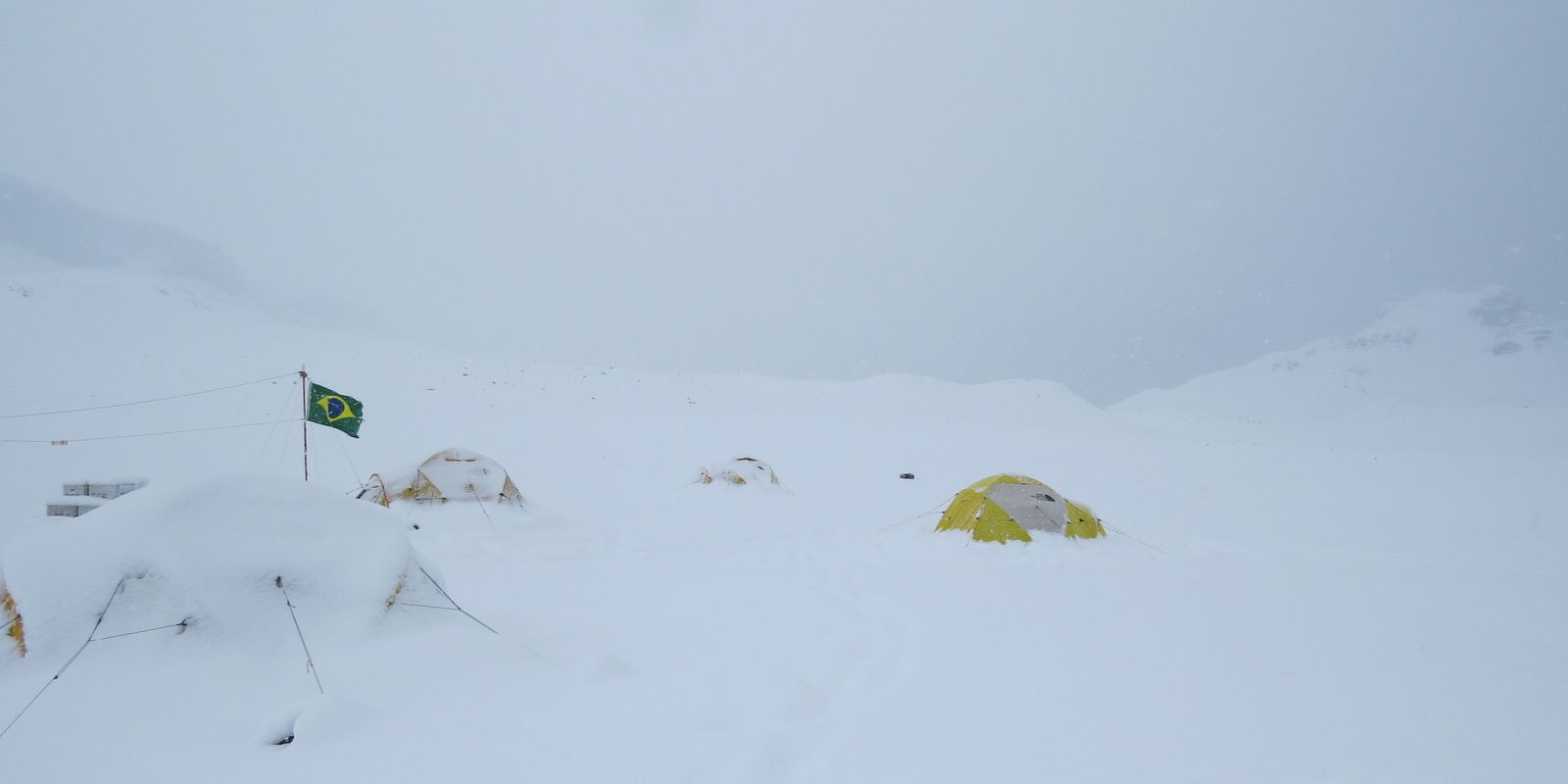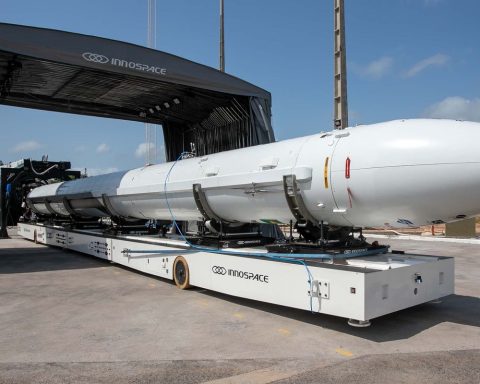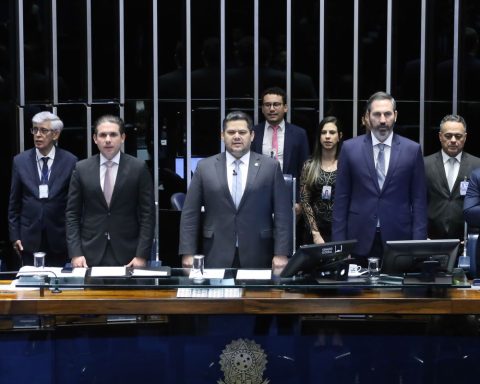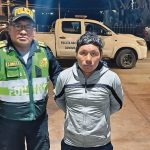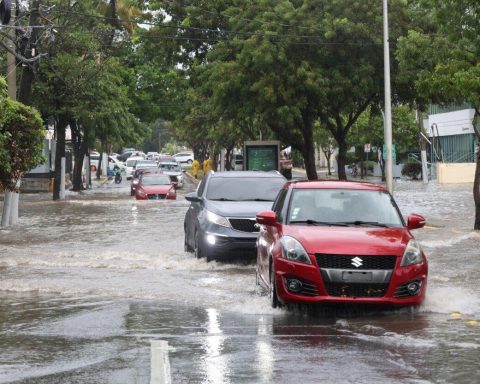The largest Brazilian expedition to Antarctica, made up of 12 Brazilian researchers, will spend 40 days inside the icy continent with the aim of studying more than 200 years of environmental data. The information is from the Ministry of Science, Technology and Innovation (MCTI).
The expedition started on the 7th of this month. The most recent report, received on the 20th from the leader of the expedition, Professor Jefferson Simões, from the Federal University of Rio Grande do Sul (UFRGS), informs: “Excellent sunny days, with an average temperature of around minus 17 degrees. Early mornings falling to minus 22. Constant winds of around 20 to 25 kilometers (km) per hour, which causes a thermal sensation of up to minus 25 degrees”.
The Brazilian researchers are divided into three groups and camped in different locations: on the Pine Island glacier, in the Criosfera 1 module, and in the place where the Criosfera 2 module will be installed, with a distance of almost 700 km between them. The camp located in the Criosfera 1 module is 2,500 km south of the Comandante Ferraz Antarctic Station. The researchers will maintain this Latin American laboratory, located in the southernmost part of the planet.
Simões is on Ilha Pine and is monitoring the deep ice collection work. With the sun, the work is ahead of schedule, he informed by email?? “We are already 90 meters deep in our well, which guarantees more than 200 years of environmental data”. The analysis of ice blocks allows us to understand the climatic history of the Earth.
cryosphere 2
One of the expedition’s objectives is to install the Criosfera 2 module, a 100% automated laboratory that will expand the collection of environmental data, including meteorological and atmospheric chemistry information. The module was built with Brazilian technology to collect data on the climate and the concentration of carbon dioxide, or CO2, the main greenhouse gas, throughout the year.
Criosfera 2 will be installed by Professor Francisco Aquino’s team. All team members are already on the Antarctic continent. The module was transported from Punta Arenas, in the extreme south of Chile, ten days ago, in an Ilyushin Il-76TD cargo plane, a model capable of landing on ice in the interior of Antarctica.
In the next few days, a polar tractor will cross about 180 km between the ice landing strip, which is located on Union Glacier, Ellsworth Mountains, to the module installation site. The four researchers – three from UFRGS and one from Chile – will fly by plane with skis to the place called Skytrain ice rise, at position 79.5 degrees South, 78 degrees West.
The expedition has the participation of professors from UFRGS, the Federal University of Pará and the State University of Rio de Janeiro. The activities are part of the Brazilian Antarctic Program and the 41st Operantar, coordinated by the Interministerial Secretariat for Sea Resources.
Investments
The logistical operation, which involves transportation, the installation of the Criosfera 2 module in Antarctica and the maintenance of the Criosfera 1 module, has a cost of R$ 3.5 million. This amount is funded by the MCTI and by the Financier of Studies and Projects (Finep), through resources from the National Fund for Scientific and Technological Development and the Research Support Foundation of the State of Rio Grande do Sul.
